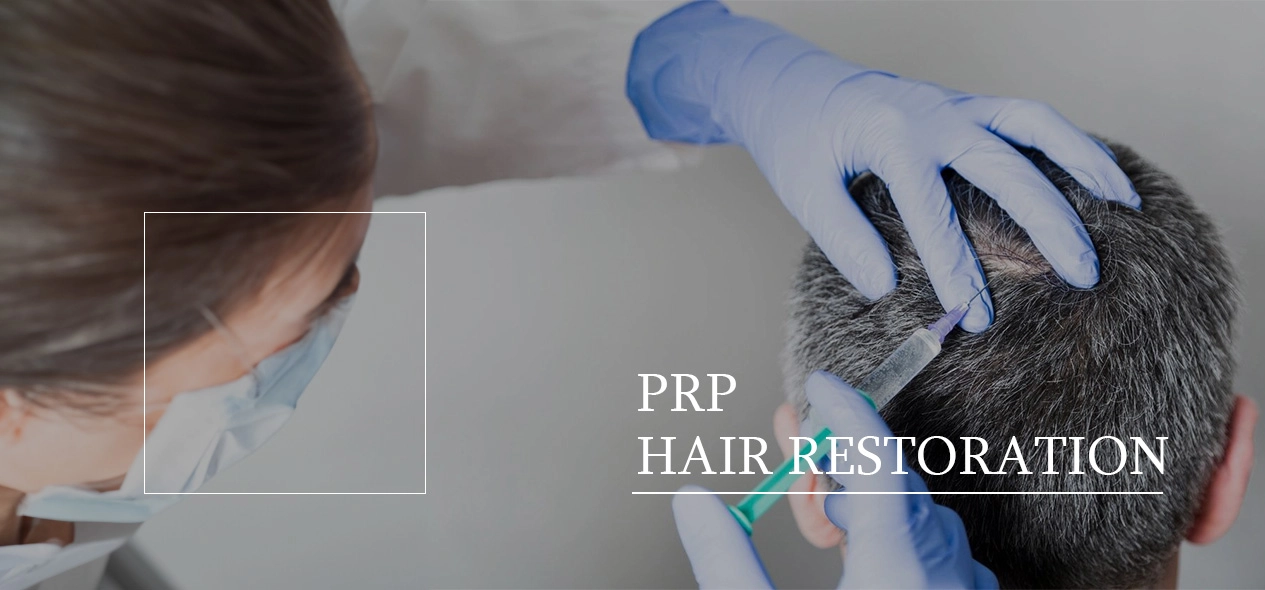
PRP Hair Restoration Treatments
Hair loss and hair thinning are common issues for both men and women. Since the COVID-19 outbreak in 2020, there has been a 400% increase in hair loss. Fortunately, there's a non-surgical solution that's more effective than topical shampoos or medications and less invasive than hair transplantation.
What is PRP Hair Treatment?
PRP (Platelet Rich Plasma) injections are a popular non-surgical treatment for hair loss and hair restoration for both women and men. PRP hair restoration uses platelets, a major component of your blood, to stimulate hair growth. Platelets are blood cells that play a crucial role in the body's natural healing process by releasing growth factors, stem cells, and proteins that promote hair follicles to thrive.
- A standard blood draw is performed.
- The blood is spun in a centrifuge to create highly concentrated plasma, separated from other blood components.
- This platelet-rich plasma, containing white blood cells and platelets rich in growth factors, is injected into areas of the scalp experiencing hair loss, extreme hair shedding, or thinning hair.
- A same-day micro-needling treatment follows to augment the PRP treatment.
Who is a Candidate?
A good candidate for PRP hair restoration is someone showing signs of thinning hair or hair loss. Typically, candidates who have experienced hair loss recently or are dealing with early hair loss respond best to PRP hair treatment. Those with hair follicles dormant for longer on the scalp are less likely to benefit from PRP therapy.
Note:
- If diagnosed with an underlying disorder such as lupus or thyroid disease, PRP injections may not be beneficial.
- Patients should not take blood thinners during PRP hair restoration treatment, as the procedure will be significantly less effective.
Are PRP Injections Painful?
The level of discomfort during PRP injections can vary. To minimize discomfort, we provide ice packs and a local anesthetic to the scalp before the injections. Mild soreness and tenderness in the treated areas for 3 to 5 days following the procedure are normal and typically subside over time. Follow the post-treatment instructions to ensure proper healing and minimize complications.
Contact us today for a free consultation: (503) 855-4341
